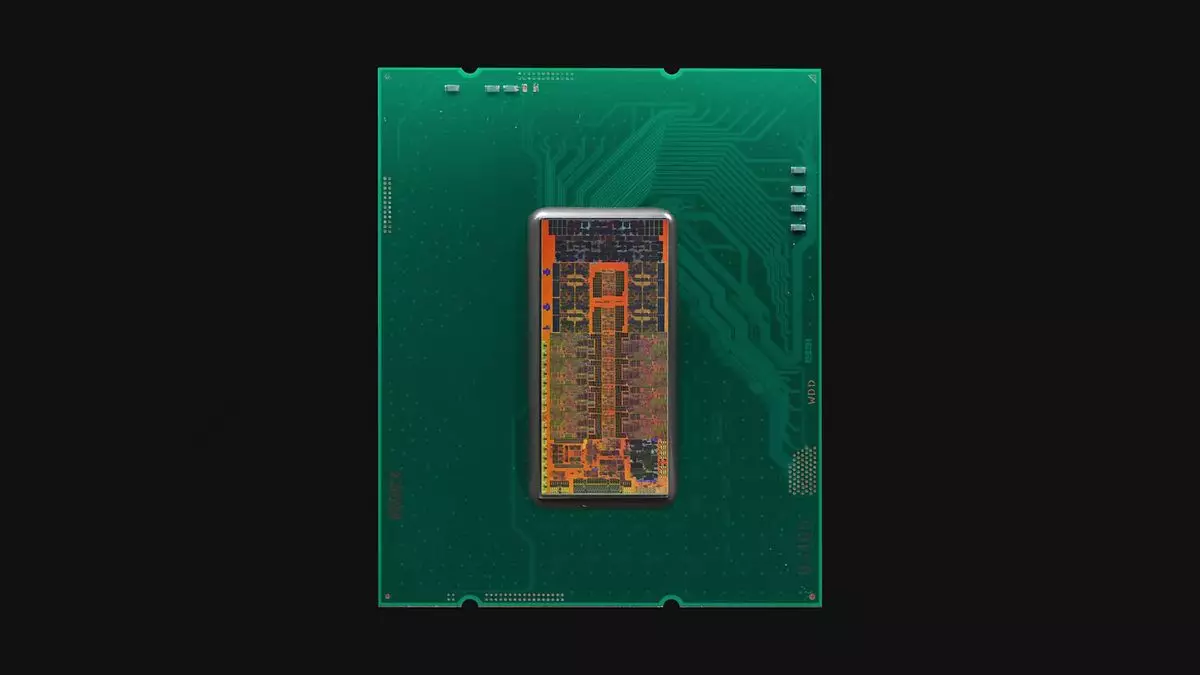The world of desktop CPUs is a dynamic arena, filled with innovation, competition, and ever-looming anticipation among consumers and tech enthusiasts. Intel, a titan in the semiconductor industry, has been central to this conversation. Recent announcements have emerged, suggesting that the company won’t see the arrival of a new desktop CPU until 2026. This jarring revelation, articulated by interim co-CEO Michelle Holthaus in an earnings call, highlights the strategic shifts and market pressures Intel faces as it gears up for future endeavors.
The proclamation regarding Nova Lake—the next iteration in Intel’s line of CPUs—raises eyebrows, especially with the current Arrow Lake architecture still fresh in the market. Having only launched last October, Arrow Lake was expected to endure as the flagship for a reasonable period. The technocratic mantra generally suggests annual or biennial CPU refreshes. However, Intel’s extended timeline indicates a transition period that could allow the company to reassess its strategy in light of competitive pressures from AMD and emerging market dynamics.
The delay in launching Nova Lake until 2026 is reflective of a broader maturation process within Intel. The company seems to be consciously moving away from its frenetic pace of past years, possibly due to the realization that quality and strategic timing may outweigh sheer speed in their innovation schedule. They are not just developing new architectures but while reassessing the production nodes and methodologies that define their output.
Named Nova Lake, Intel’s next architecture aims to succeed the current generation of Arrow Lake chips, which include models like the Intel Core Ultra 9 285K. While expectations usually align with regular product rollouts, the uncertainty surrounding the debut of Nova Lake poses questions about its technological advancements and the pressure already felt by Arrow Lake’s perceived shortcomings.
Intel’s release patterns have recently indicated the company’s inclination towards enhancing their offerings at a quicker cadence in the mobile segment, as seen with Meteor Lake and Lunar Lake chips. Despite the technical limitations that hinder Nova Lake’s production, the prospect of this architecture excites enthusiasts. However, the company faces the dual challenge of reinforcing its competitive edge against AMD while managing reliability and performance within its thermal and efficiency frameworks.
The integration of new technology, particularly the ultra-advanced 18A manufacturing node, into Nova Lake raises significant questions about production viability. While Holthaus specified that Intel plans to utilize both external foundries and their own advanced manufacturing processes for some models, Intel’s historical struggle to keep pace with new node ramp-ups fosters skepticism. In 2024, only a paltry 5% of Intel’s output was generated from their latest Intel 4/3 nodes, highlighting a sluggish adoption rate that could stunt the ambitious aspirations tied to the 18A transition.
Given the challenges associated with scaling production, the chance that Nova Lake will realize its potential as a competitive CPU against AMD’s Ryzen offerings remains uncertain. Consumers and industry analysts alike are left pondering how quickly Intel can adapt swiftly enough to stay relevant, especially in an era where competitors are not waiting idly.
In the interim, the market awaits possible refreshes of existing Arrow Lake chips, although rumors suggest that such plans may have been shelved. It’s a clear indication that Intel is at a crossroads; they must decide whether to invest in incremental upgrades or boldly march forward with Nova Lake. The outcome of these strategic choices will ultimately determine Intel’s position in the marketplace going forward.
As the dust settles on Intel’s future product roadmaps, consumers remain cautiously optimistic yet critical. The next few years will undoubtedly shape the future of computing technology, and the anticipation surrounding Nova Lake encapsulates much of that sentiment. The question remains: can Intel rise effectively from its recent difficulties and emerge with a CPU architecture that meets the high expectations of a competitive landscape? Only time will tell.

